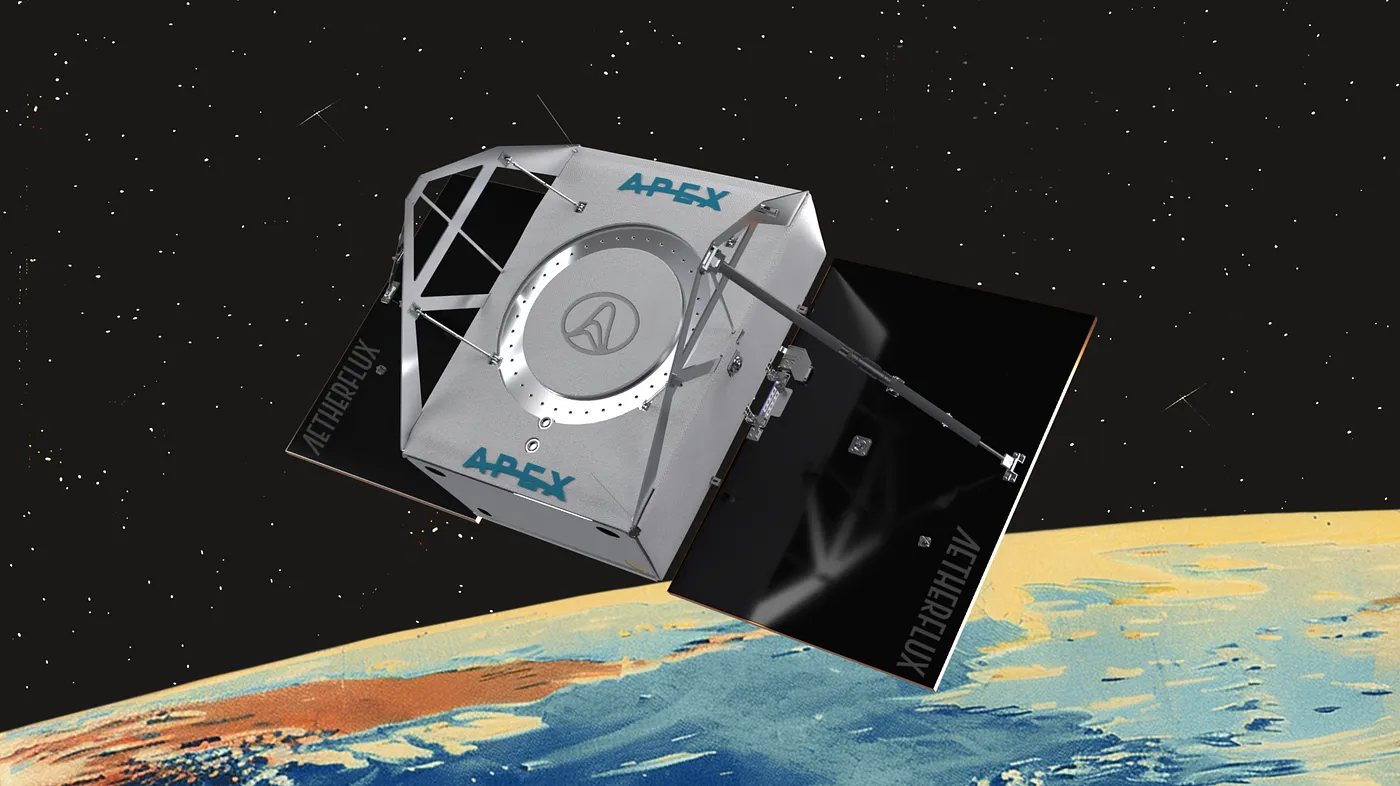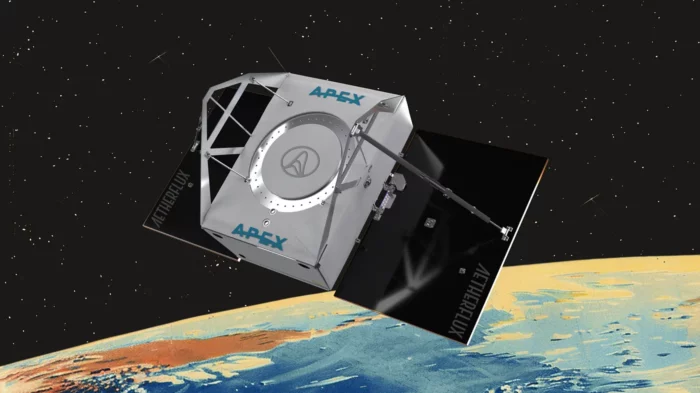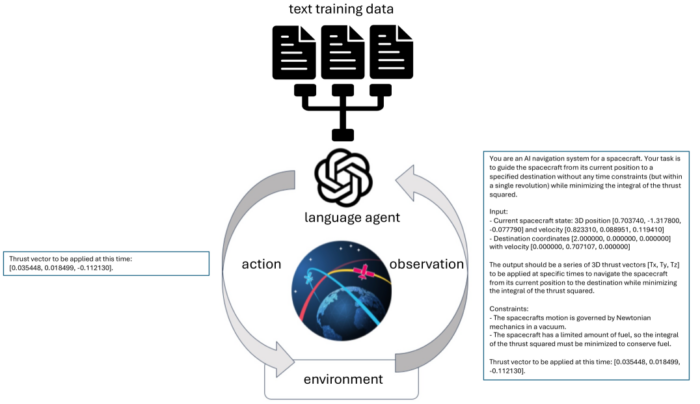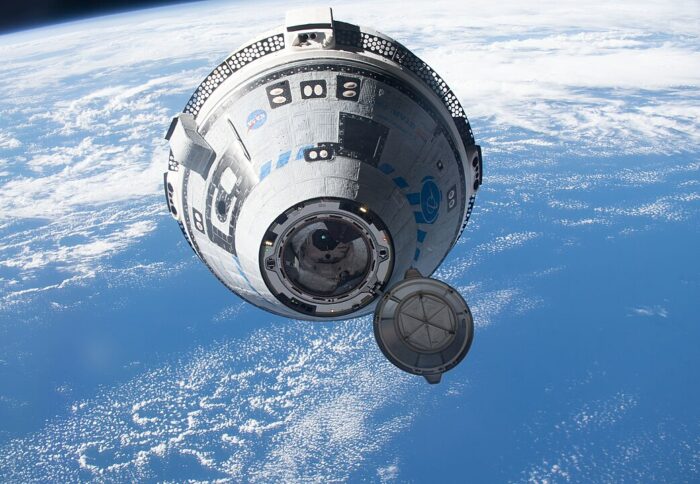Insider Brief
- China is conducting satellite maneuvers resembling “dogfighting in space,” signaling a shift in the strategic balance of orbital warfare, according to General Michael Guetlein.
- The U.S. Space Force warns that adversaries, including China and Russia, are deploying counterspace capabilities such as jamming, cyberattacks, and anti-satellite weapons.
- To counter emerging threats, the Space Force is focusing on space superiority, domain awareness, and resilient communications while expanding partnerships with commercial and allied entities.
China has been conducting satellite maneuvers that resemble “dogfighting in space,” a sign of the country’s growing capabilities in orbital warfare, according to General Michael Guetlein, vice chief of space operations for the U.S. Space Force.
“With our commercial assets, we have observed five different objects in space maneuvering in and out around each other, in synchronicity and in control. That’s what we call dogfighting in space,” Guetlein said at the McAleese Defense Programs Conference in Washington. “They are practicing tactics, techniques, and procedures to do on-orbit space operations from one satellite to another.”
The revelation highlights a shift in the strategic balance of space, where adversaries are deploying new capabilities designed to challenge U.S. dominance. Guetlein said these threats mark an “inflection point” for the Space Force, requiring a shift from its traditional role of providing services such as satellite communications, GPS, and missile warning to a full-fledged warfighting mission.

A Changing Space Battlefield
For decades, the United States operated under the assumption that space was a benign environment.
“We did not inherit — when we stood up the Space Force — space superiority ,” Guetlein said. “We didn’t have the doctrine, we didn’t have the the culture, and we didn’t have the kit.”
China and Russia have developed counterspace capabilities that threaten U.S. operations, including jamming, spoofing, cyberattacks and directed-energy weapons. Guetlein warned that adversaries are not just disrupting space systems but actively practicing orbital engagements, such as shadowing U.S. satellites and testing anti-satellite weapons.
“There used to be a significant capability gap between us and our near peers,” Guetlein said. “That capability gap has significantly narrowed, and we’ve got to change the way we’re looking at space where that capability gap may reverse and not be in our favor anymore.”
New Threats and Capabilities
China’s counterspace arsenal includes missiles capable of destroying satellites, electronic warfare systems that can jam or blind satellite sensors, and so-called “nesting doll” satellites that can deploy secondary systems to disable enemy spacecraft. Some satellites are equipped with grappling arms that could physically manipulate or even capture U.S. assets in orbit.
Russia has also signaled its willingness to challenge international norms, with recent concerns over potential nuclear weapons in space.
The growing number of hypersonic missiles and advanced space-based surveillance systems is further complicating the battlefield. China’s evolving “kill mesh” strategy — integrating surveillance, communications, and targeting into a resilient web — has eroded the traditional advantage of distance, allowing it to track and engage U.S. forces anywhere in the world.
The Space Force’s Response
Despite these challenges, Guetlein emphasized that the Space Force remains a lean force with a limited budget.
“We are buying space superiority today on the cheap,” he said. “Fifteen thousand Guardians at three and a half percent of the DoD budget is what we are using to buy the capability to protect and defend space for generations to come.”
To counter adversary threats, the Space Force is focusing on three core areas:
- Space Superiority: Ensuring the U.S. retains control of space during conflict.
- Space Domain Awareness: Tracking and responding to threats in real time.
- Mesh Network Communications and Command & Control (C2): Developing resilient and redundant systems to withstand attacks.
The force is also relying more on partnerships with commercial providers and allied nations to expand its capabilities.
“It used to be that the DoD had to own and operate all of our own kit because we wanted to make sure that kit was going to be there during times of crisis or conflict without fail and we felt like we needed to own and operate it all,” Guetlein said. “That worked well when we had the technological edge, but we no longer have the corner on technology.”
He added that commercial and allied partners bring excess capacity, redundancy and resilience.
The ‘Golden Dome’ Initiative
One of the Space Force’s most ambitious projects is “Golden Dome,” an effort to integrate missile defense, air defense, and space-based capabilities into a seamless network. The challenge, Guetlein said, is not just technological but bureaucratic—coordinating across multiple branches of the military and intelligence community.
“The real magic of Golden Dome is going to be our ability to integrate across all of those organizational boundaries,” he said, adding. “That’s going to require the integration of space with missile defense in ways we haven’t traditionally done.”
The Space Force is pushing the defense industry to accelerate its development of artificial intelligence and machine learning tools for data orchestration and network integration.
“The other thing where industry can really help us is if you have multiple customers that don’t realize that that they are all dependent on the same contractor,” Guetlein said. “You have the ability to be the telephone operator and connect dots between users that we don’t already know exist.”
A Race Against Time
As space becomes a contested warfighting domain, Guetlein said the U.S. must move faster to adapt.
“The pace at which the adversary — or the threat — is changing every single day, it is a eye-watering pace,” he said. “It requires our Guardians on their A-game every single day and they are absolutely killing it.”
While the Space Force has improved significantly since its establishment in 2019, Guetlein cautioned that more needs to be done.
“The Space Force we have today is not the Space Force we need,” he said. “We have to change our culture, we’ve got to change our training, andwe got to change our kit going forward because this is the most complex and challenging strategic environment that we have seen in a long time if not ever.”
With adversaries practicing space combat and deploying new counterspace capabilities, Guetlein’s message was clear: the era of space as a safe operating domain is over.
“People no longer have the luxury of not knowing there’s a Space Force,” he said. “Because the threat is real.”
Share this article:











